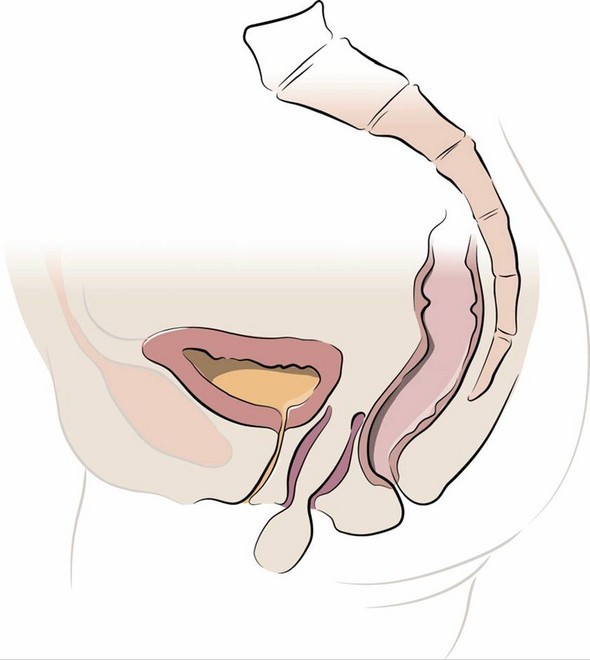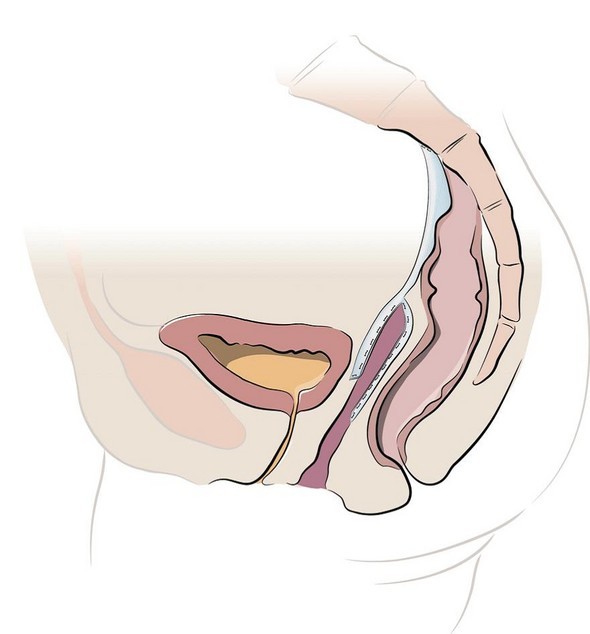120,000+ cases of uterine and vaginal vault prolapse are surgically treated each year in the U.S. Prolapse (or falling) of any pelvic floor organ (vagina, uterus, bladder or rectum) occurs when the connective tissues or muscles within the body cavity are weak and unable to hold the pelvis in its natural orientation.
The weakening of connective tissues accelerates with age, after child birth, with weight gain and strenuous physical labor. Women experiencing pelvic organ prolapse typically have problems with urinary incontinence, vaginal ulceration, sexual dysfunction and/or having a bowel movement.
The Treatment:
Sacrocolpopexy is a procedure to surgically correct vaginal vault prolapse where mesh is used to hold the vagina in the correct anatomical position. This procedure can also be performed following a hysterectomy to treat uterine prolapse to provide long-term support of the vagina.


Sacrocolpopexy has traditionally been performed as an open surgery. A 15-30 cm horizontal incision is made in the lower abdomen in order to manually access the inter-abdominal organs, including the uterus.
If your doctor recommends sacrocolpopexy, you may be a candidate for a new surgical procedure called da Vinci Sacrocolpopexy. This procedure uses a state-of-the-art surgical system designed to help your surgeon perform a minimally invasive surgery through small incisions.
For most women, da Vinci Sacrocolpopexy offers numerous potential benefits over a traditional open approach:
- Significantly less pain
- Less blood loss and need for transfusions
- Less risk of infection
- Less scarring
- Shorter hospital stay
- Shorter recovery time
- Quicker return to normal activities
As with any surgery, these benefits cannot be guaranteed, as surgery is patient- and procedure- specific.
